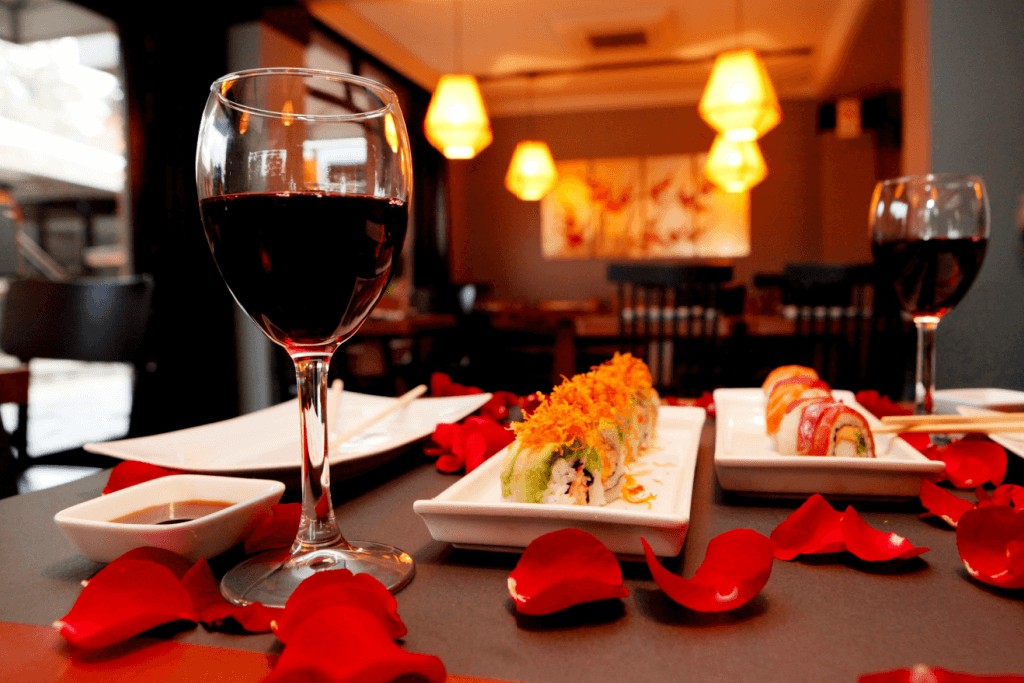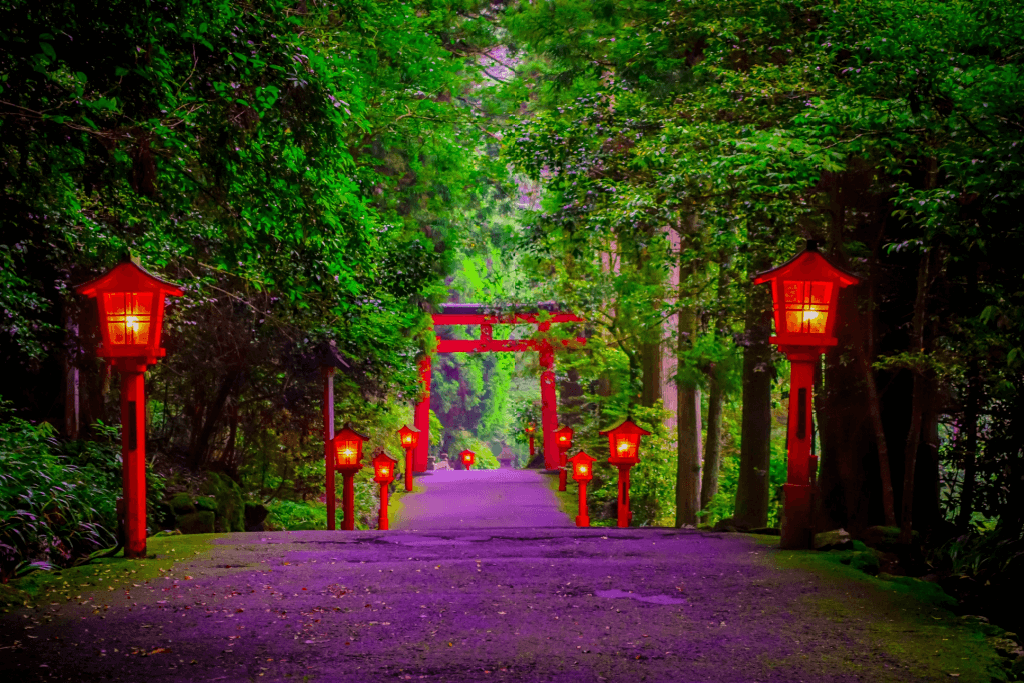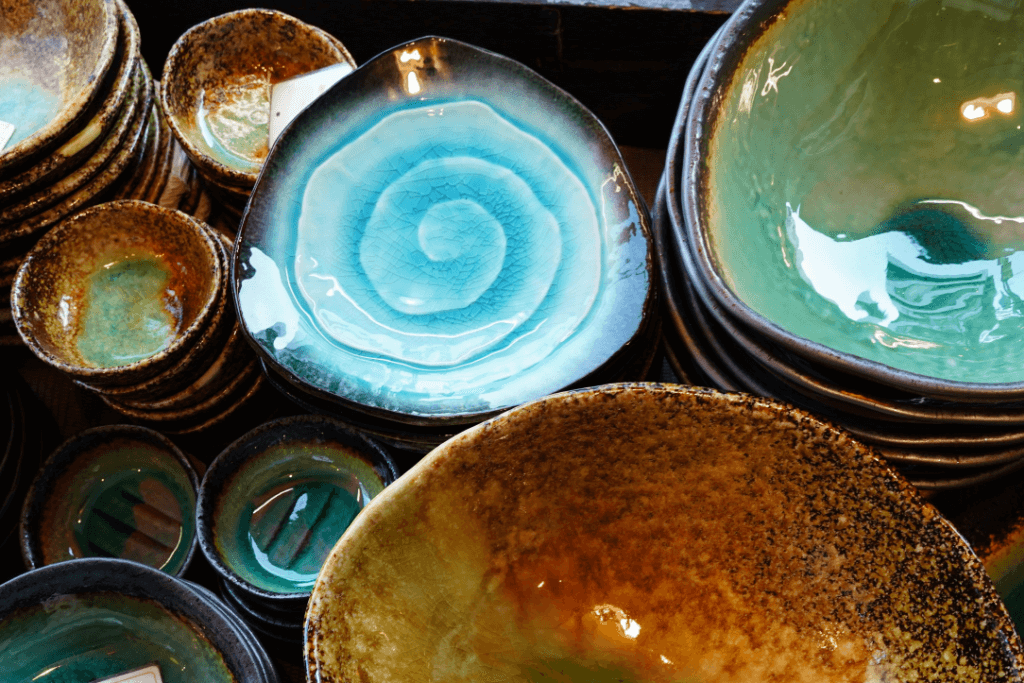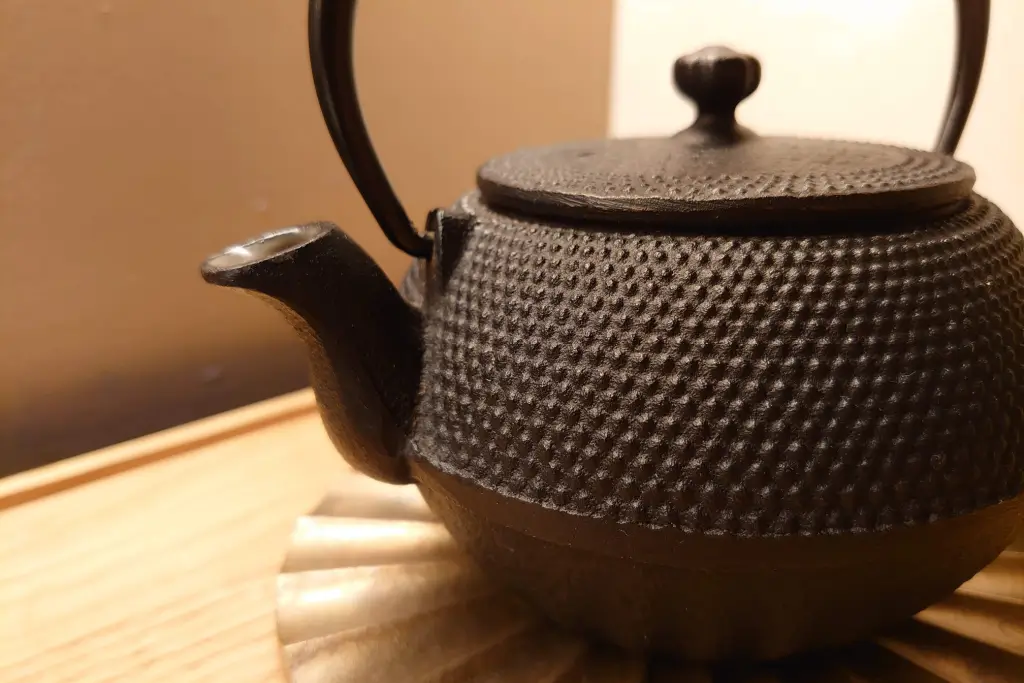indulge in valentine's day
Indulge in Valentine’s Day: A Perfect Guide for the Season!
James Lau
Posted on February 05, 2024
Share:

Indulge on a romantic adventure this Valentine’s Day with a journey through Japan! Discover historical sites and love shrines! Learn about “The Red Thread of Fate” and Valentine’s Day in Japan! Enjoy seasonal Japanese delights and consider Gifu Prefecture’s Mino ware a unique gift for your loved ones! It’s time to celebrate love that seamlessly weaves culture, food, and gifts together!
What are some romantic places in Japan to visit?
From traditional ryokans and shrines in Hakone to Kyoto’s charm and historical sites, including Himeji Castle, there are many romantic places for you to visit in Japan! The Itoshima Peninsula also has beautiful spots, like Sakurai Futamigaura Beach and Shiraito Falls. Moreover, you can visit Karuizawa Kogen Church in Karuizawa and enjoy the Wild Bird Sanctuary and the Kumoba Pond! Japan’s romantic spots are a perfect fusion of natural beauty and culture!

Japan is also famous for its love shrines! Hakone Shrine is located near Lake Ashi, offering blessings of happiness and love with its Torii Gate. The Ikuta Shrine symbolizes hope and strength in Kobe, attracting couples seeking relationship blessings. Shimane Prefecture’s Izumo Taisha Shrine honors Okuninushi, the deity of marriage. All in all, these love shrines can provide a unique take on this year’s Valentine’s Day celebrations!
What is the red thread of fate?
The Japanese legend of “The Red Thread of Fate” symbolizes human connections and love. According to the legend, an old man residing on the moon reveals destined lovers by showcasing an invisible red thread that can never be broken. Stories like “The Stone-Throwing Boy,” “The Man Seeking a Rich Wife,” and “The Rejected Girl” feature the Red Thread of Fate, showing the power of destiny and love.

According to legend, an invisible red string connects everyone’s hearts. This concept has inspired various rituals at shrines, such as Kawagoe Hikawa Shrine. At this shrine, visitors participate in a red thread of fate ritual where they write their wishes for love on wooden plaques and catch fish-shaped fortunes for relationship luck. Moreover, the legend of the red string of fate is similar to the idea of soulmates, and it brings hope, tradition, and belief that love is destined. It’s a beautiful concept that has captured the hearts and imaginations of people worldwide.
What is the history of Valentine’s Day in Japan?
February 14th has unique traditions in Japan that make it different from Western countries. Introduced in the late 1970s, Japan’s Valentine’s Day was originally a marketing strategy for confectionery stores to sell chocolates. In Japan, the tradition places women as the primary gift-givers. They usually present chocolates to men, a practice that still influences relationships in Japanese culture.

Unlike the Western importance for romantic dates, Japan associates Valentine’s Day with giving chocolates, ranging from “Honmei Choco” for romantic relationships to “Giri Choco” for friends and coworkers. Men give back on March 14th, known as White Day, by offering gifts of more excellent value to the women who gave them chocolates on Valentine’s Day, creating a unique celebration of love for people to indulge in.
Are you looking for some amazing food this Valentine’s Day? Check out Sakuraco! Sakuraco delivers traditional Japanese snacks, teas, sweets, and snacks from local Japanese makers directly to your door so you can enjoy the latest treats directly from Japan!
What unique food can I indulge in during this time of year?
Chili oil, or “rayu,” ignites taste buds with spice, improving dishes like miso udon. Sesame oil has a warm flavor, enhancing foods from meats to vegetables. Leek oil, a fusion of leeks and olive oil, is perfect for charcuterie and culinary creations. Rice bran oil is also a healthy choice, celebrated for its high smoking point and cholesterol-reducing traits, making it an ideal companion for tempura and seafood.

There is also lotus root, known as renkon in Japanese. Moreover, many people enjoyed it for centuries, representing good fortune in Japan. With a crisp texture and a hint of sweetness, lotus root is used in salads, stir-fries, soups, and tempura. Lotus root has many health benefits, boosting immunity, blood sugar control, and overall well-being. Renkon is also used in Japanese dishes like kinpira renkon, renkon chips, and su renkon.
What unique gifts can I indulge in this Valentine’s Day?
Gifu Prefecture in central Japan is famous for ceramics, especially Mino ware. Mino ware consists of various ceramics like bowls and tea ceremony items, with four unique traditional styles – Ki-Seto, Setoguro, Shino, and Oribe. Even with the introduction of mass production, artisans continue crafting Mino ware. As a result, they are preserving its 1300-year history and making it admired for both practical use and aesthetic value.

The diverse styles within Mino ware, such as the popular Oribe with its green and black coloring, reflect not just functional tableware but living history. The popularity of Mino ware is thanks to its quality and cultural significance. Whether used for daily meals or as decorative pieces, Mino ware is a blend of tradition and contemporary life and is a unique gift that you can spoil your loved ones with this Valentine’s Day!
All in all, Japan has romantic traditions, like love shrines, the mystical Red Thread of Fate, and unique Valentine’s Day traditions! Japanese cuisine adds a unique touch to the celebration, from the fiery spice of chili oil to the healthful delights of lotus root. In Gifu Prefecture, Mino ware is also a unique gift, representing centuries of craftsmanship. Let love mix with culture, and indulge in food and Japanese traditions this Valentine’s Day! Have you ever celebrated Valentine’s Day in Japan? How did you do it? Let us know in the comments below!

Discover authentic flavors with Sakuraco
Get Sakuraco 

Discover authentic flavors with Sakuraco
Get Sakuraco 
Related Articles

Nambu Tekki: Morioka’s Amazing Iron Craft
In the historic city of Morioka, Iwate Prefecture, a craft with over 400 years of history continues to captivate with its rustic beauty and practical charm. Nambu tekki, or Nambu cast iron, refers to traditional ironware, such as teapots, kettles, and decorative pieces, that embody the spirit of Tohoku craftsmanship.

Ebisu: The Cheerful Guardian of Luck and Prosperity
Religion in Japan involves a dizzying array of spirits and beings. These gods are inspired by ancient tales and used to symbolize nature’s bounty. However, they also profoundly impact daily life and are often sought out for help in challenging times

Little New Year in Japan: Discovering Koshogatsu Traditions
When people think of the Japanese New Year, they typically associate it with January 1st. It’s a time for celebrations, family, special foods, and visits to shrines for hatsumode (first prayer of the year).

Hatsumode: Why Is It Japan’s Most Important Tradition?
Hatsumode is the first visit to a shrine or temple in the New Year in Japan, and it is one of the country’s most important traditions. Every year, millions of people participate, demonstrating the profound connection between this custom and daily life.



